As well as preventing further damage to the natural world, the UN Decade on Ecosystem Restoration seeks, as the name suggests, to mitigate some of the damage already done by humans to natural habitats and the species that live in them.
In Argentina, jaguars have been returned for the first time to the Iberá wetlands, 70 years after South America’s largest predator was driven to local extinction through hunting and habitat loss.
This is the first reintroduction of jaguars in a place where they have gone extinct and it’s part of an effort known as “rewilding” – restoring the missing species, biodiversity, and natural processes to areas affected by human activity.
Jaguars are known as a top predator, meaning their role in an ecosystem is to regulate the population of their prey and, in turn, their prey’s prey. Without the jaguar to control the population of those herbivores below them on the food chain, the herbivores would consume too many plants and upset the balance of the ecosystem around them.
“Carefully re-introducing predators such as jaguars can help restore ecosystems. Without these species, biodiversity suffers and the services that nature provides can break down – from disease mitigation and soil protection to water system regulation,” says Doreen Robinson, Chief of Wildlife at UNEP.
Read more about the jaguars in Iberá here.
Learn more about the critical importance of rewilding with the Global Rewilding Alliance.
And check out the Wild for Life campaign and their work on jaguars.






